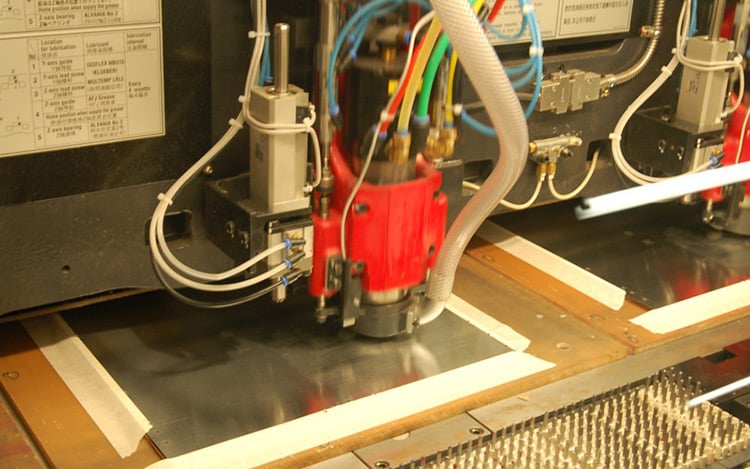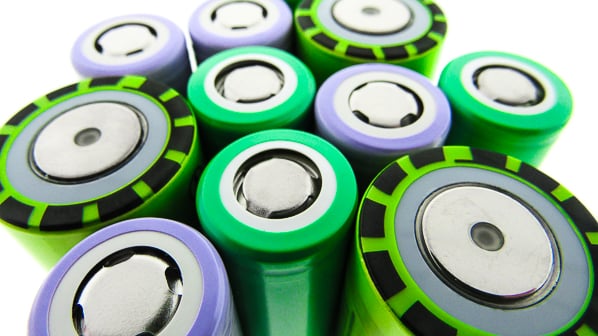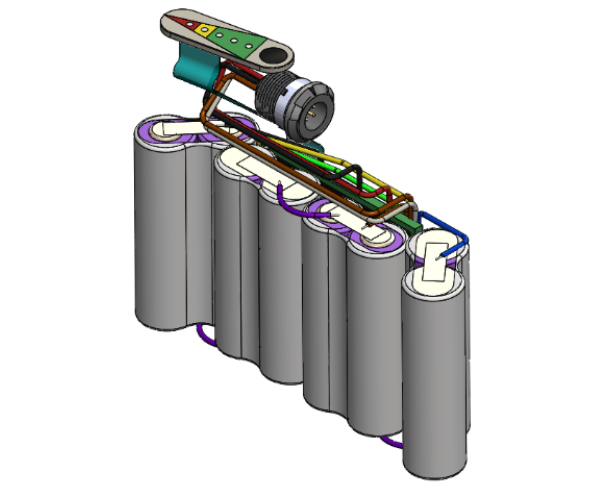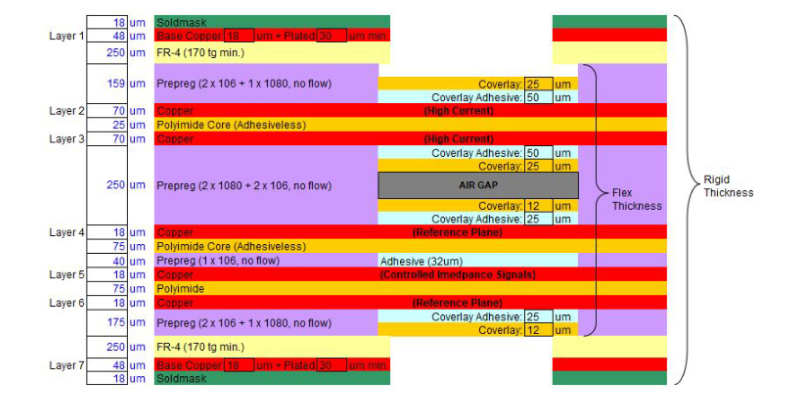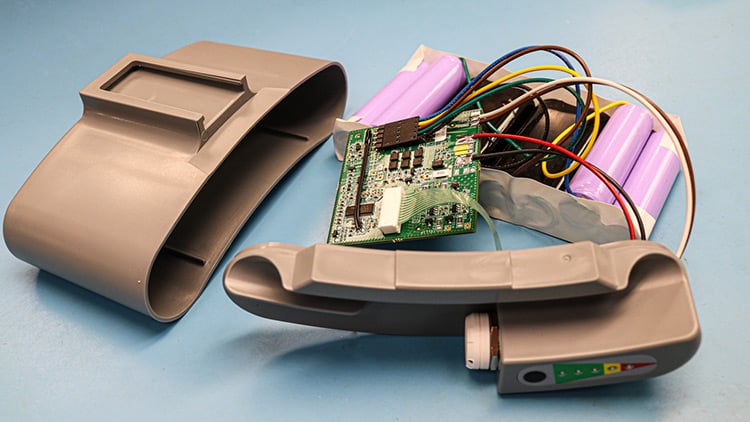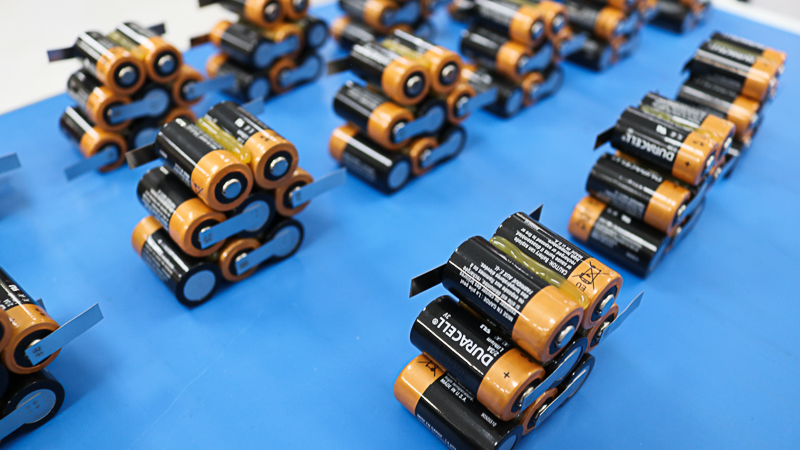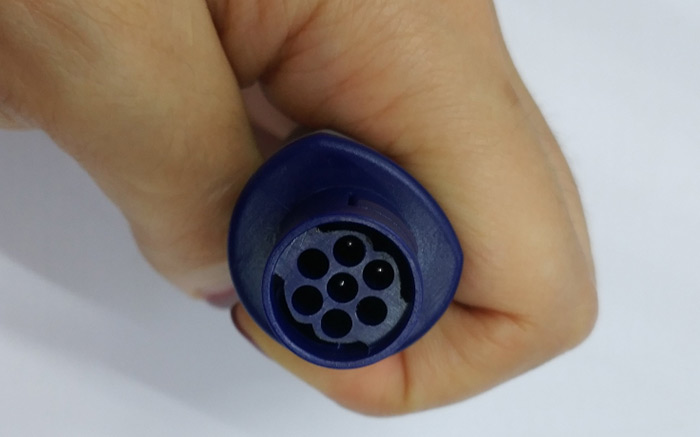The development of a battery pack relies on a full understanding of the components that are necessary to supply the right amount of power on demand and at a safe rate, providing adequate recharge times, and providing optimal shelf storage. This step requires fully outlining and providing details regarding the application and power needs of the product.
Having been involved in the printed circuit board (PCB) world for nearly four decades, I continue to see the same drawing mistakes. When declaring PCB tolerances in any given design, the PCB designer must take into consideration the manufacturing of the board itself. In this blog post, we will review some of the issues we commonly see in PCB designs that are not allowing the proper tolerances for the routing, drilling, and plating processes.
At the conclusion of our webinar, Do You Really Need Lithium or Will Nickel Metal Hydride Suffice, we had several questions submitted to our presenter, Randy Ibrahim, Battery Development Consultant at Epec. We have compiled these questions into a readable format on our blog.
Occasionally, customers have to change battery suppliers. There are many different reasons for these changes. It could involve the battery supplier going out of business, the customer may find a supplier that can offer similar batteries at lower prices and faster time-to-market deadlines, the quality of the battery could be lacking, or there is a disruption to the supply chain for the supplier that the customer must make a temporary switch to an optional manufacturer to complete project deadlines.
Higher current carrying flex circuit designs create challenges that need to be addressed early in the design process to ensure both a manufacturable design and that it will reliably meet the bend requirements. These items range from material types/availability, bend capability/flexibility, impact on standard signal lines, and part cost.
Creating an application or product requires designs, drawings, and recommendations regarding the function of the application, materials to use, and the dimensions. In addition, a manufacturer also must consider how to power it. Many applications require a portable battery source that can be recharged numerous times and stored safely without future damage.
When we use electronics in commercial settings, one of the major factors that must be taken into consideration is the different temperatures that the circuitry and wiring will experience. Not every electronic device will be used in a stable indoor working environment like an office space.
Whether it is a medical device concept, automotive manufacturing, project, industrial application, or consumer product, companies require large and small battery packs that will ensure their electronic devices and machinery have the longest life cycles without any safety issues. Many of hese battery packs need to be custom made for the specific device before they can be marketed.
Custom medical cable assemblies are critical for today’s healthcare system. Many lifesaving pieces of equipment can function because of the high reliability custom cables that are designed to operate in this demanding environment. Medical cable assemblies may be required to withstand exposure to harsh electromagnetic fields and sterilization procedures while also carrying a biocompatibility rating.
New Normal. What is the New Normal? For those of us who work in electronics, most days it feels like a foreign concept. When you consider what our collective industries have gone through since 2018, when the U.S. vs. China trade war started, and the Section 232 and Section 301 tariffs went into effect, now into this Chinese New Year (CNY) and the global Coronavirus pandemic, it seems like the answer to that question is: normal is something we may never see again.


.jpg)
